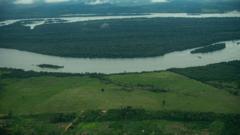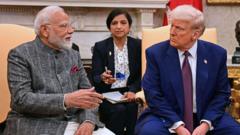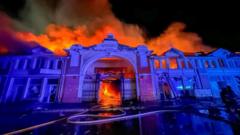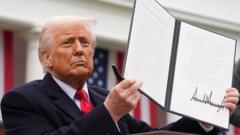The issue of the Dalai Lama’s succession presents multifaceted challenges, rooted in cultural, political, and spiritual dimensions that could reshape Tibetan Buddhism’s future.
Navigating the Future: The Dalai Lama's Succession Dilemma
Navigating the Future: The Dalai Lama's Succession Dilemma
A deep dive into the complexities surrounding the succession of the Dalai Lama and its significant implications.
The succession of the Dalai Lama is a topic of significant concern and complexity amidst the ever-evolving socio-political landscape. As the current Dalai Lama, Tenzin Gyatso, approaches the end of his life, questions about his successor raise both hopeful aspirations and troubling uncertainties.
Historically, the selection process involves locating a reincarnation recognized as the next spiritual leader, a tradition steeped in Tibetan Buddhism. However, geopolitical factors further complicate the situation. The Chinese government has expressed intentions to control the selection of the next Dalai Lama, a move that raises stark concerns about the future of religious autonomy in Tibet.
Many Tibetans and supporters worry that interference from the Chinese authorities could undermine the legitimacy of the successor and dilute the spiritual heritage of Tibetan Buddhism. Additionally, there are varying perspectives within the Tibetan community regarding the traditional methods of identifying a reincarnation, leading to intra-community discussions about the future direction of Tibetan spirituality.
As Tibetans grapple with these uncertainties, the global Tibetan diaspora is also stepping into the discourse. The younger generation, particularly those born outside Tibet, are vocal about their hopes and fears for the future of their culture and religious practices. This intra-dialogue is crucial as it offers a glimpse into how various factions of the Tibetan population view the succession issue—some advocating a modernization of practices, while others emphasize adherence to tradition.
In summary, the Dalai Lama’s succession is not only a pivotal moment for Tibetan Buddhism but also a broader reflection of cultural preservation, identity, and autonomy in the face of external pressures. As the world watches, the next choices made by the Tibetan community could have far-reaching implications that extend well beyond monasteries and ritual practices, touching upon the essence of community and legacy in a rapidly changing world.



















